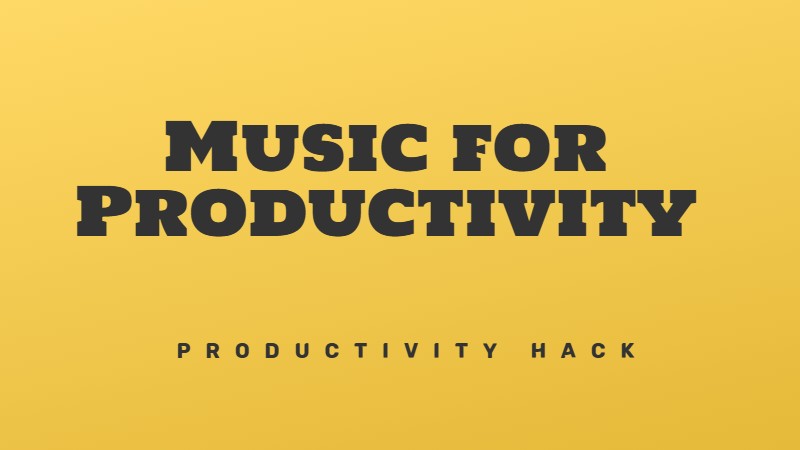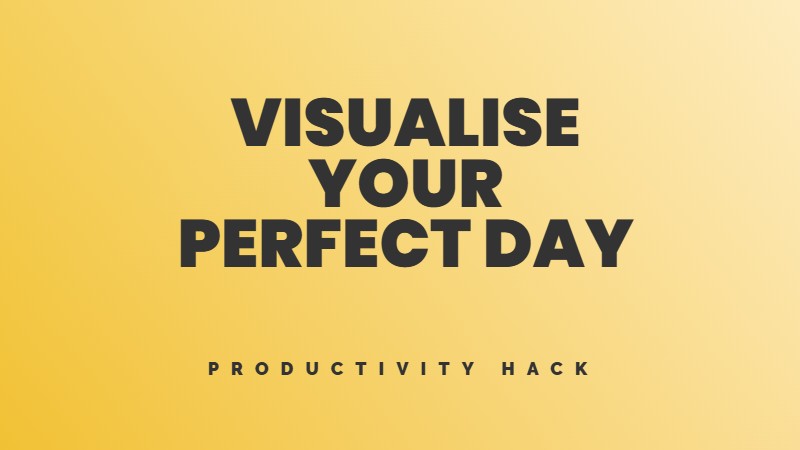How a positive brain fuels success in work and life
Introduction
The conventional wisdom is that success leads to happiness, but Shawn Achor argues the opposite – happiness is the precursor to success. The book reveals how to retrain our brains to capitalize on positivity and improve performance.
Part 1: Discovering the Happiness Advantage
Shawn Achor discovered the Happiness Advantage while studying at Harvard. His research led him to isolate seven actionable principles that predict success and achievement:
- The Happiness Advantage: Positive brains have a biological advantage over negative ones.
- The Fulcrum and the Lever: Adjusting our mindset gives us the power to be more fulfilled and successful.
- The Tetris Effect: We can retrain our brains to spot patterns of possibility.
- Falling Up: There’s a mental path that leads us up out of failure or suffering.
- The Zorro Circle: Regaining control by focusing on small, manageable goals.
- The 20-Second Rule: Making small energy adjustments to replace bad habits with good ones.
- Social Investment: Investing in our social support network propels us forward.
Part 2: The Seven Principles
Principle 1 – The Happiness Advantage
Happiness is the experience of positive emotions and meaning. It comes before success, not after. Happy people are more creative, efficient, resilient, and productive, driving performance upward. Small positive changes can spark an upward spiral of happiness.
Principle 2 – The Fulcrum and the Lever
Our mindset is our fulcrum and lever. Adjusting our mindset and focusing on our strengths maximizes our potential. Believing in our own ability is a strong predictor of success.
Principle 3 – The Tetris Effect
Like Tetris players who see falling blocks everywhere, what we focus on expands in our consciousness. We can train our brains to scan for opportunities and ideas that allow our success rate to grow. Constantly scanning for the positive leads to a Positive Tetris Effect.
Principle 4 – Falling Up
There’s a “Third Path” that allows us to move up from failure to new heights of achievement. Adversity can be an opportunity for growth with the right mindset. This “adversarial growth” is possible by changing our explanatory style and how we perceive stress.
Principle 5 – The Zorro Circle
Concentrating effort on small, manageable goals provides a sense of control crucial to performance. Gradually expanding the “circle” leads to mastery and triumph over bigger obstacles.
Principle 6 – The 20-Second Rule
Small adjustments that decrease activation energy for positive habits can produce lasting change. Designing our environment to make good habits easier is key. The less effort it takes, the more likely the habit will stick.
Principle 7 – Social Investment
Investing in our social support system yields exponential dividends. Strong social bonds improve our ability to cope with stress and create upward spirals of success. Prioritizing relationships at work boosts performance and job satisfaction.
Part 3 – The Ripple Effect
Spreading the Happiness Advantage at Work, Home and Beyond
The principles work best in concert with one another to spark an upward spiral. When we apply them in our own lives, the effects ripple out to positively impact those around us. Our attitudes and behaviours are literally contagious through mirror neurons, emotional contagion, and social influence. By making small positive changes ourselves, we have the power to enhance the lives of our colleagues, friends, families, and communities for the better.
Key Points:
- Happiness leads to success, not the other way around
- We can retrain our brains to capitalize on positivity
- Our mindset is the fulcrum by which we can adjust our potential
- Focusing on opportunities and ideas fuels a Positive Tetris Effect
- Failure and adversity can be springboards to growth
- Regaining control by focusing on small, manageable circles expands our influence
- The 20-Second Rule: make positive habits easier with small adjustments
- Investing in social bonds yields the greatest returns
- By applying the principles in our lives, we create a ripple effect of positivity
Methods and Practices:
- Meditate to increase happiness and lower stress
- Find something to look forward to each day
- Commit conscious acts of kindness
- Infuse positivity into your surroundings
- Exercise
- Spend money on experiences vs. material goods
- Identify and apply your signature strengths in a new way
Hacks and Examples:
- The author wrote down 3 things he’s grateful for each day to spark an upward spiral
- An executive reframed a failure as an “up” to propel even greater success
- The author drew a literal circle to clean a small area of his messy room, then gradually expanded it
- A manager moved her email app 20 seconds farther away, decreasing the impulse to check it
- By actively responding to a colleague’s good news, their relationship strengthened, fueling success
The Happiness Advantage shows that by adjusting our mindset and habits, we can achieve more than we imagined. Positivity is a competitive edge, and by training our brains to capitalize on it, we improve not only our own lives, but the lives of everyone around us. Even small actions can create a ripple effect of happiness and success.




Leave feedback about this